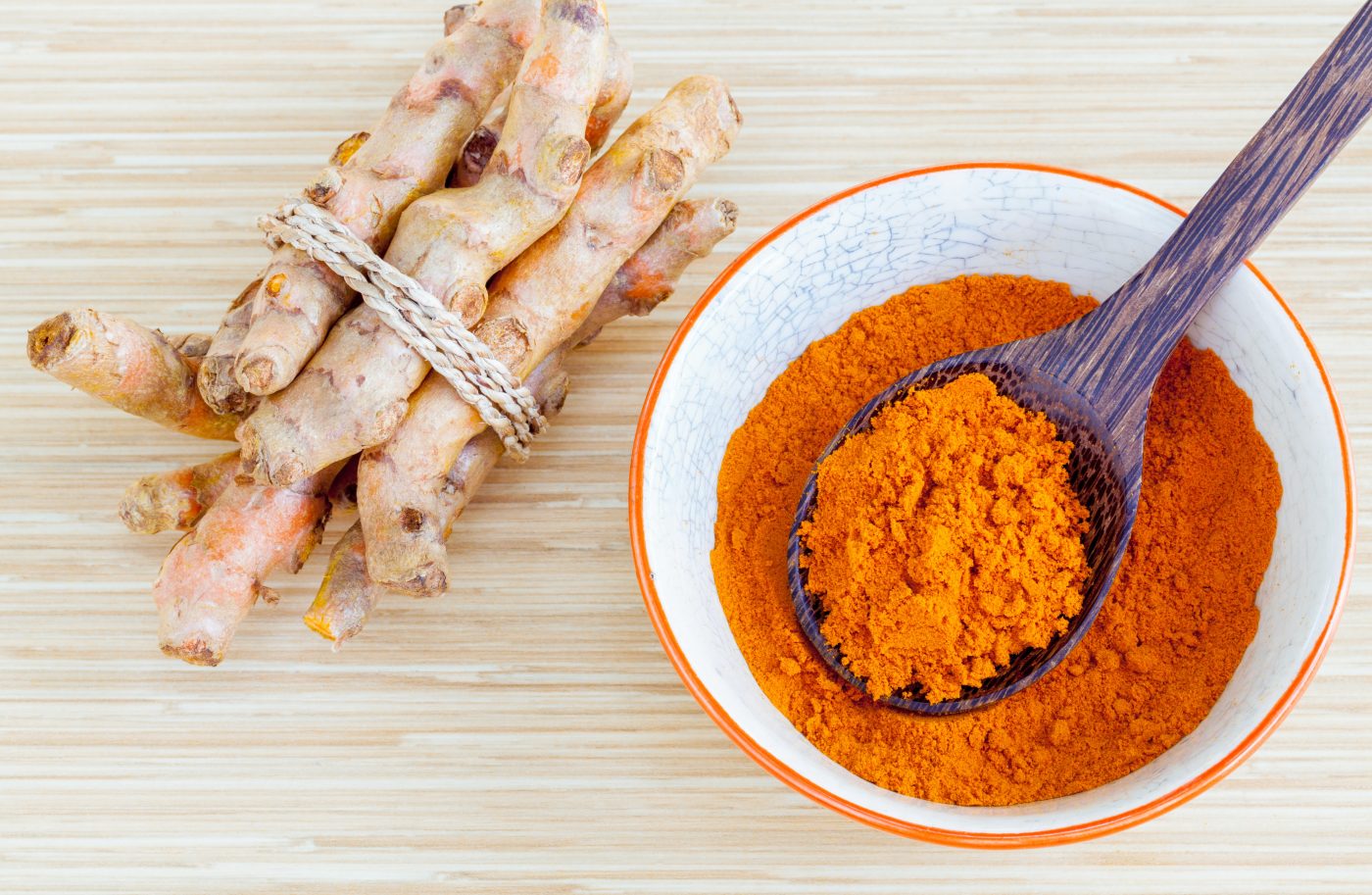Huntington’s Disease Study Shows Early Promise to Complement HD Treatment

Using a fruit fly model of Huntington’s disease (HD), researchers found that curcumin – a substance in the spice turmeric– can reduce neuronal death and dysfunction and lead to better motor function in flies.
The findings – in the report “Curcumin modulates cell death and is protective in Huntington’s disease model,” published in the journal Scientific Reports – raise the possibility of using curcumin for the treatment of HD. Earlier research has already suggested curcumin to have antioxidant and anti-inflammatory properties.
The fruit fly model is based on the same mutation in the huntingtin gene – characterized by multiple repeats of the DNA bases CAG – that leads to HD in humans. Fruit flies with a defective huntingtin gene have proven to be an excellent model for studying neurodegenerative diseases because they show most of the features of the disease such as late-onset, decreased lifespan, neurodegeneration, motor dysfunction and progressive accumulation of mutant huntingtin aggregates – the so-called inclusion bodies.
The team added curcumin to the feed of fed fruit larvae and observed the flies until old age. One measure of neurodegeneration in the fruit fly model of HD is observations of eye development, since the mutation causes death of photoreceptor neurons, which is easily studied by observing the eye.
Young flies had normal eyes, but upon aging, eye pigmentation decreased and lesions occurred, indicating degeneration of pigment cells. Flies that ate curcumin, however, showed fewer signs of eye neurodegeneration.
The decrease in eye neuron death was most pronounced in the flies that had been fed curcumin since the larval stage, but the team could also observe reduced cell death in flies starting the curcumin diet at an older age.
Although neuronal degeneration is a hallmark of HD, dysfunctional neurons may also contribute to symptoms of the disease. Neuronal dysfunction is measured in the fruit fly by observing larval crawling and adult climbing – two tasks that get disrupted in the HD fly model.
The study reports that curcumin, when fed to larvae, improved motor deficits in the crawling and climbing tasks; when given higher doses of curcumin, better effects were achieved. The team could also see a reduction in apoptotic cells – cells programed to die – in the eye of the fruit fly.
The authors state that administering drugs targeting multiple cellular processes while having an advantageous safety profile may achieve better relief from pathology than well-defined substances targeting a single process. They therefore suggest curcumin as a potential complement to treat HD and other neurodegenerative disorders.






